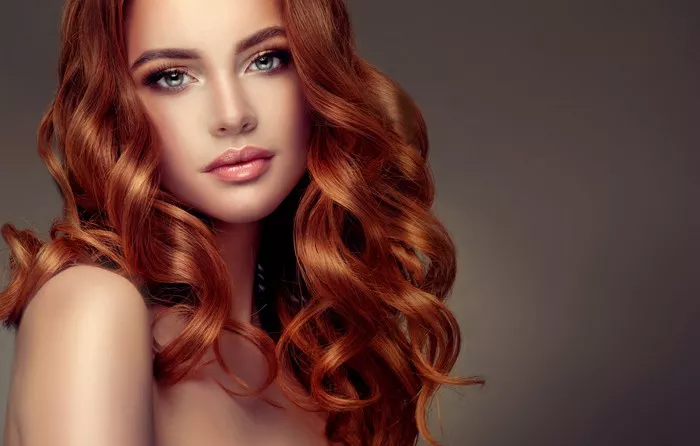My relationship with my hair has been a journey filled with twists and turns. From regular salon visits for texturizers to a disastrous perm that left my hair in shambles, the decision to embrace my natural hair was a straightforward one.
Before taking the plunge, I grappled with embarrassment over my fried ends compared to healthier roots and uneven patches on my scalp. The summer of 2017 marked a significant turning point when I decided to cut off all the damaged hair. Adjusting to the short length was challenging, especially as the new school year began, and it initiated a love-hate relationship with my natural hair.
An Arizona State University study revealed distressing experiences that Black girls as young as 10 have endured, including expulsion from school or teasing, solely because of their hair. It’s disheartening that children should bear such concerns.
The resurgence of the natural hair movement, from the 1960s to the present, has been profound. Icons like Nina Simone and Lauryn Hill proudly flaunted their natural locks for years. Each natural hair style is unique, be it a carefree wash-and-go or a meticulously perfected fluffy braid-out. While this movement empowered Black women to embrace their natural hair, it also underscored the complex issue of self-image. It subtly imposed standards of beauty.
In my quest for inspiration, I often looked up to style icons like Tracee Ellis Ross and attempted intricate hairstyles such as knotless braids and faux dreadlocks. Yet, I often found myself disheartened by the results, longing for a different hair texture.
The discussion around natural hair is contentious, permeating news channels and everyday conversations. Social media has amplified the movement, reducing it to a matter of perception through screens. People pass judgment based on hair volume, color, and curl pattern.
Kristin Rowe, an assistant professor at California State University, Fullerton, suggests that the natural hair movement, initially rooted in civil rights, has evolved into a multifaceted phenomenon that warrants diverse perspectives.
The hurtful comments aimed at hair choices can undermine one’s confidence. In 2015, Giuliana Rancic, host of Fashion Police, made offensive remarks about Zendaya’s dreadlocks, perpetuating stereotypes.
People merely seek respect for their choices, irrespective of their hairstyle. Yet, Black individuals encounter microaggressions regarding their hair, particularly in the workplace. The CROWN Act, passed in 2022, aimed to combat hair-based discrimination in professional settings.
A report by the Economic Policy Institute reveals that “Black women with coily or textured hair are twice as likely to experience microaggressions at work as Black women with straighter hair.”
Drawing from personal experience, I’ve had my hair become the focal point of discussion at work, which left me feeling uneasy and singled out. The workplace should be devoid of such microaggressions.
Biases persist about the types and styles of natural hair worn by people of color. Certain styles are unfairly considered unattractive in society.
According to the Good Hair Study, “Black women perceive a level of social stigma against textured hair, and this perception is substantiated by white women’s devaluation of natural hairstyles.”
I’ve encountered curious questions from white individuals about my hair. Rather than taking offense, I choose to educate them about my hair care regimen.
Each hairstyle I adopt subtly alters how I am perceived. Knotless braids spark my creativity, while coily wash-and-gos leave me feeling refreshed, allowing me to reveal different facets of my personality.
In embracing my natural hair, I’ve embarked on a journey of self-discovery, learning to love and accept myself, regardless of society’s standards or biases.


